
At the Groenmarkt square, 1996.
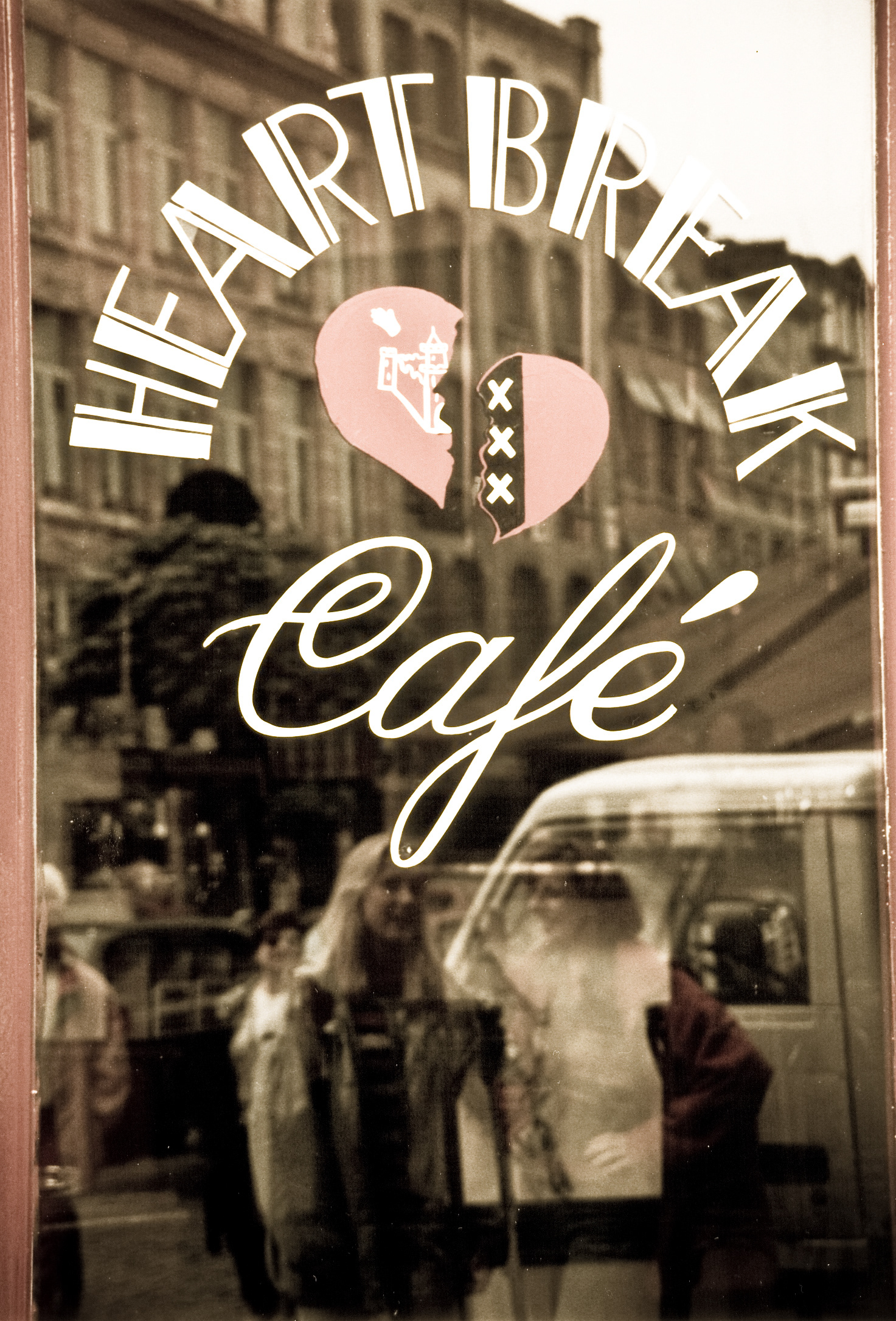
Antwerpen is great as a city for nightlife, during the day or at night.
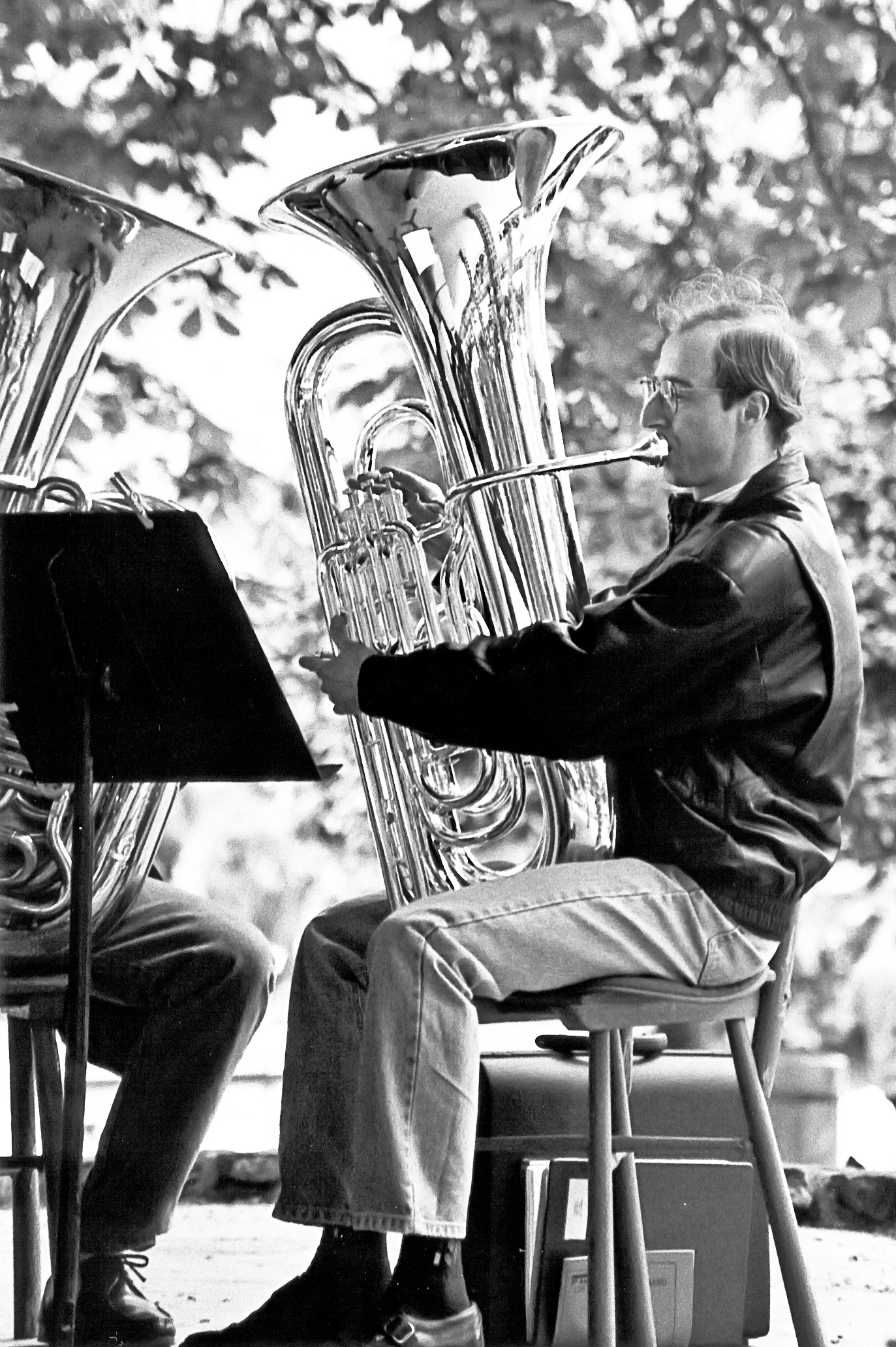
A tuba player somwhere in the centre of the city.
No photo album on Antwerpen is complete without a classic shot of the Grote Markt square (the city's main square), its historic buildings and the Brabo fountain statue.

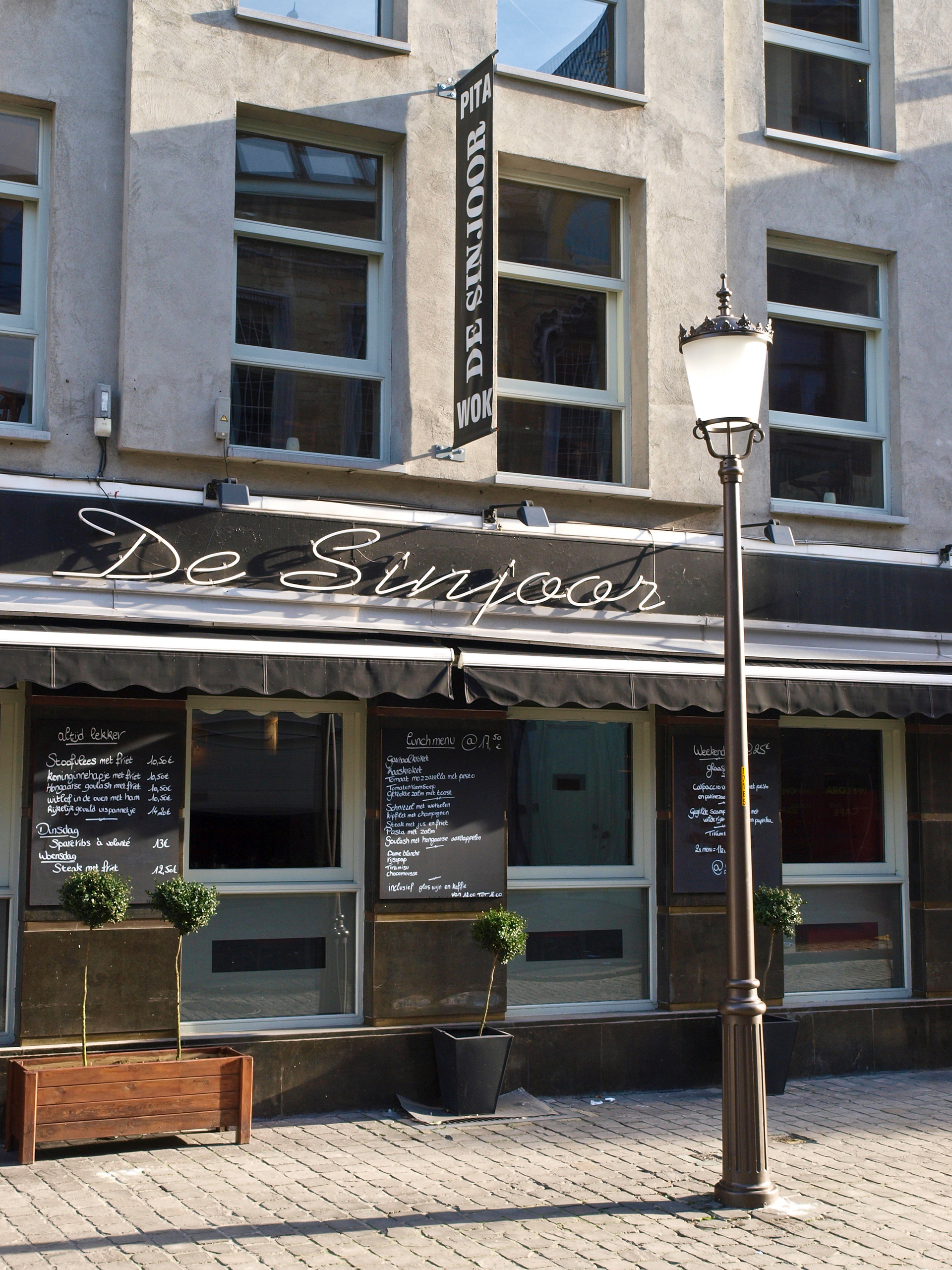
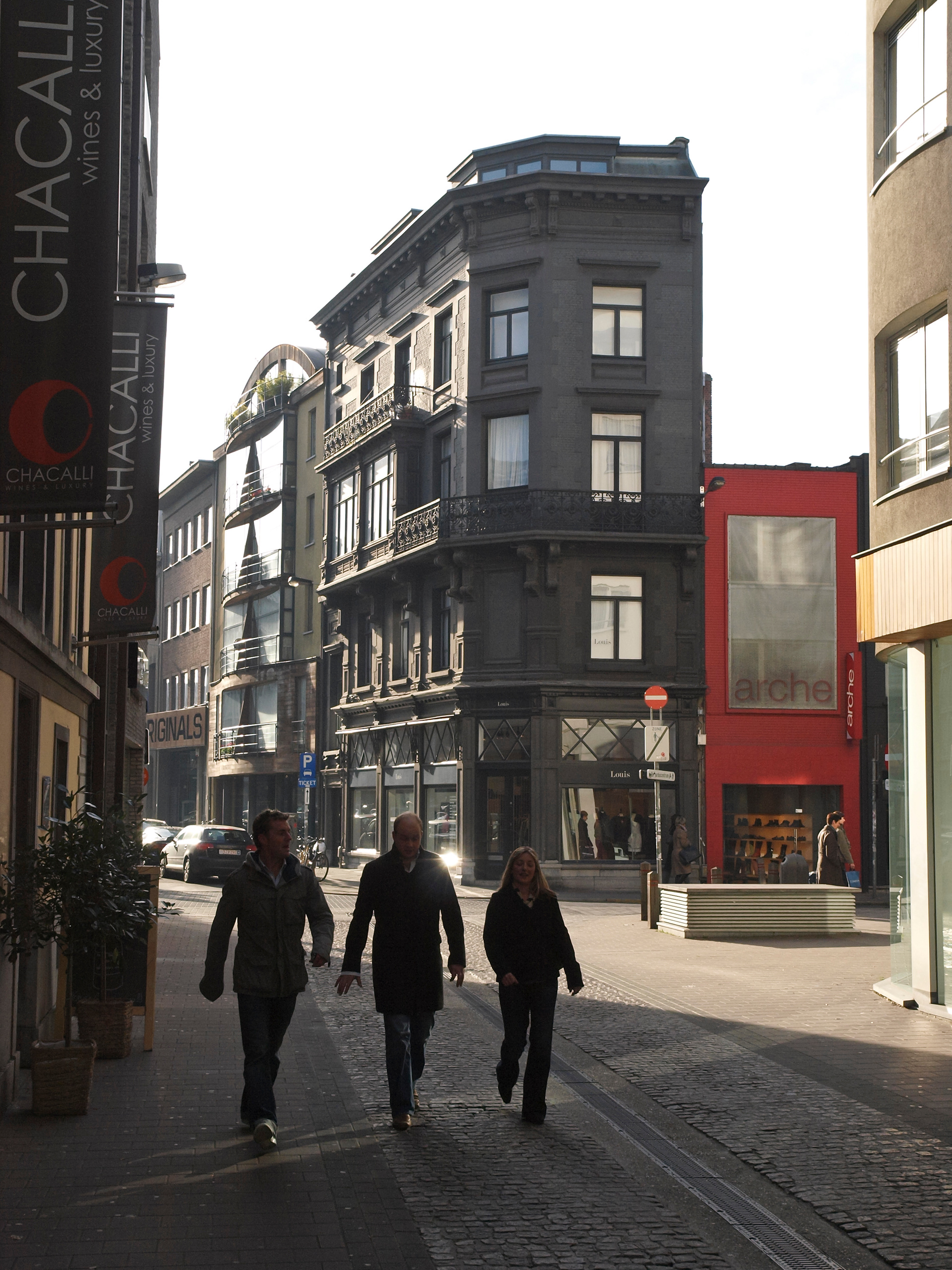
Street vendor in the city centre of Antwerp, 2007.

Moving goods at or near the Sint-Andriesplaats square, 2007.

Somewhere in the city centre, 2007.

Pedestrains near the Kaaien, the Schelde river quays, 2007.
The medieval fortress of Het Steen with statue of the giant Lange wapper in front, 2007. The landmark has undergone planned mutilations in recent years.

Side wall of Het Steen.

The way up to the pedestrian terrace on the Schelde river, 2007.
Escalators into the Sint-Annatunnel underneath the Schelde river.
Inside the 572 metres (1,876 feet) long Sint-Annatunnel that connects Antwerpen's historic city centre with later expansions on the western banks of the river Schelde.
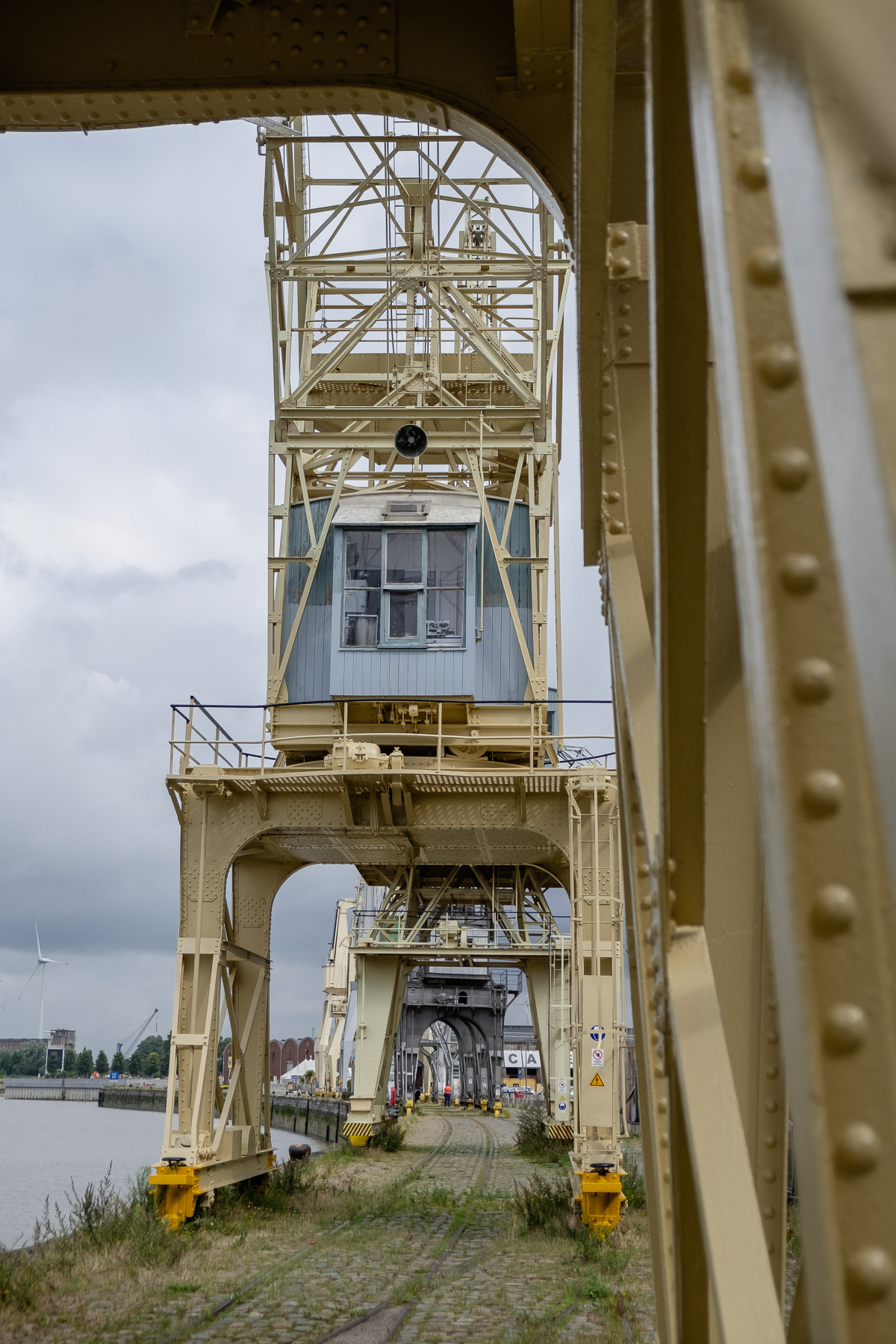

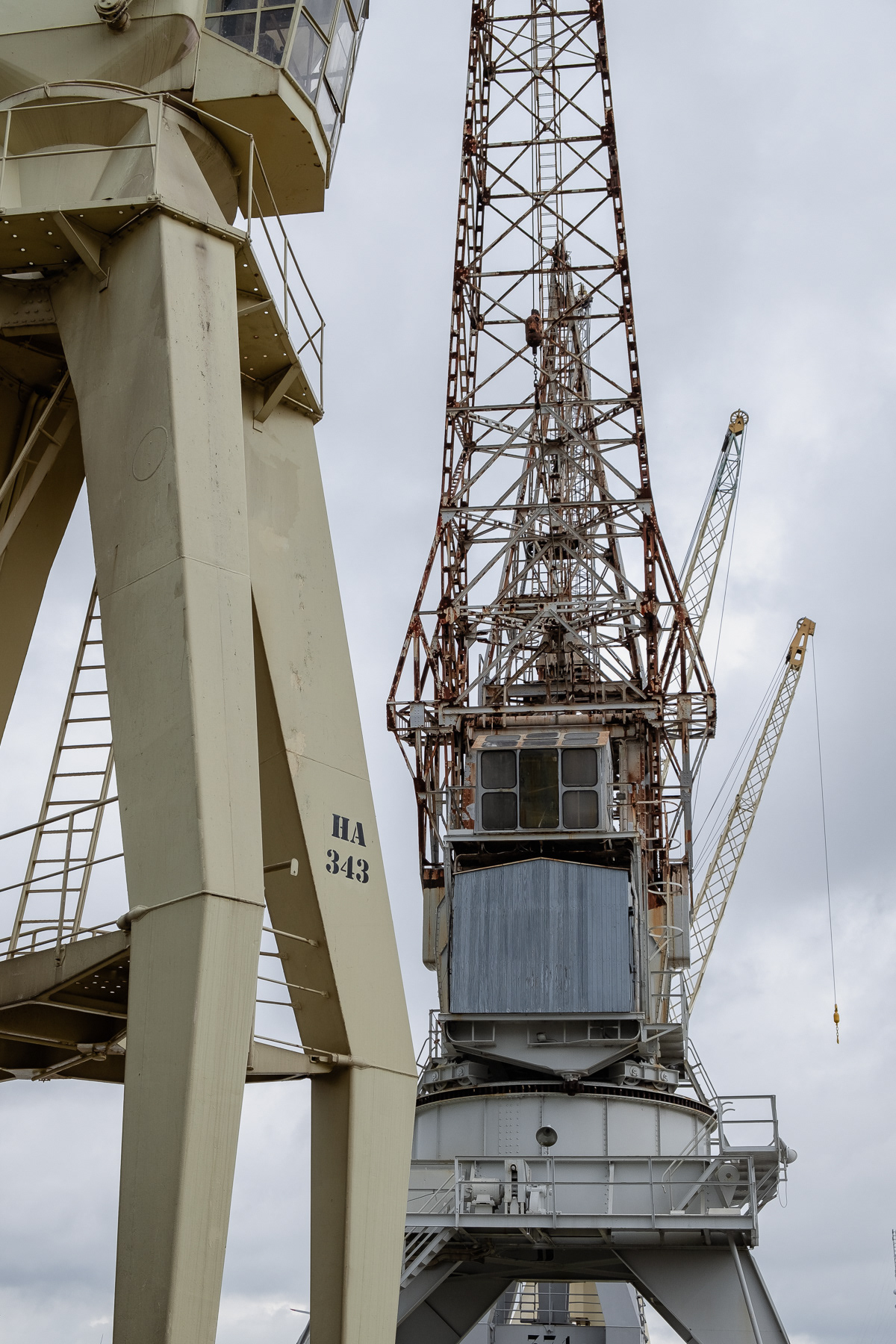

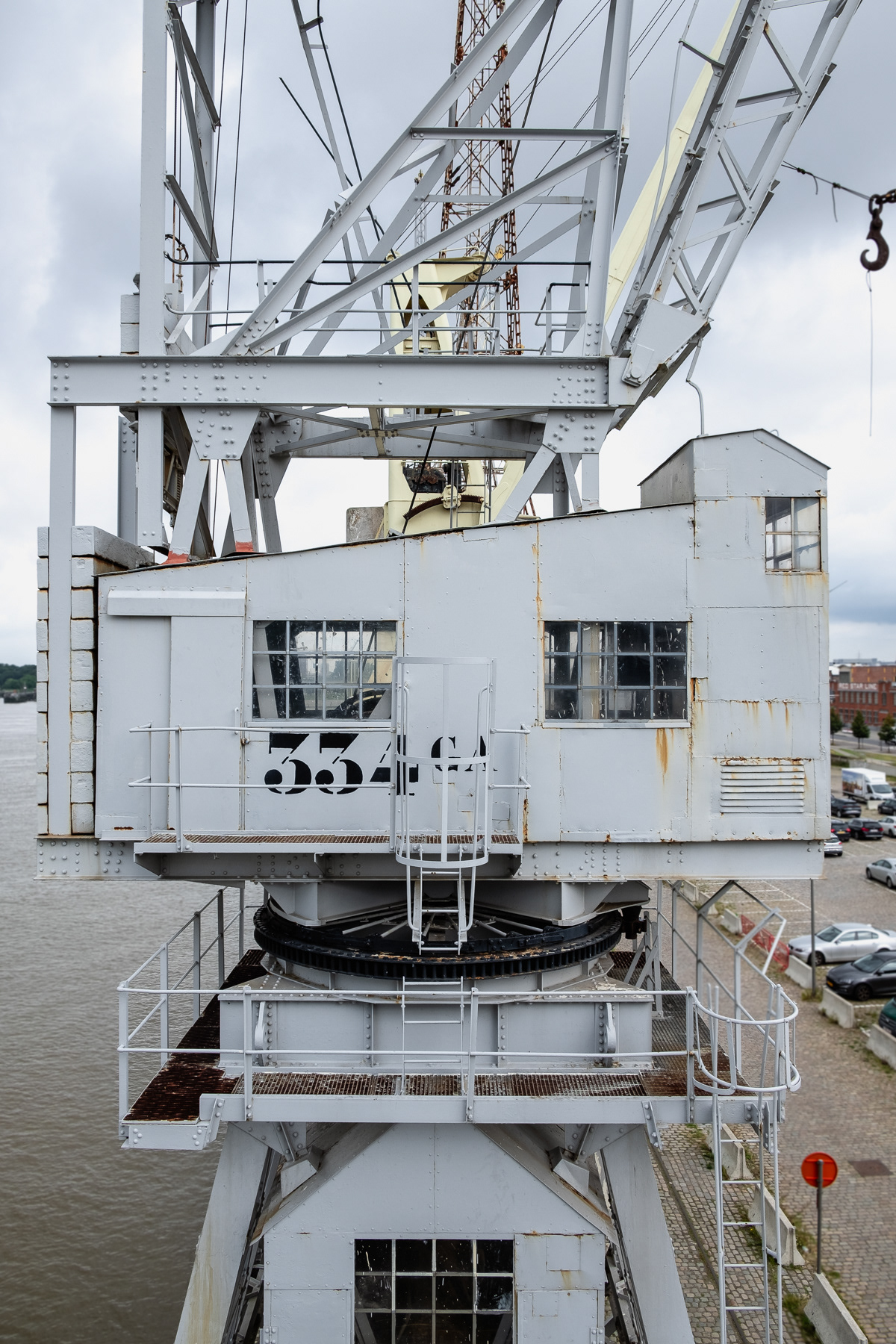




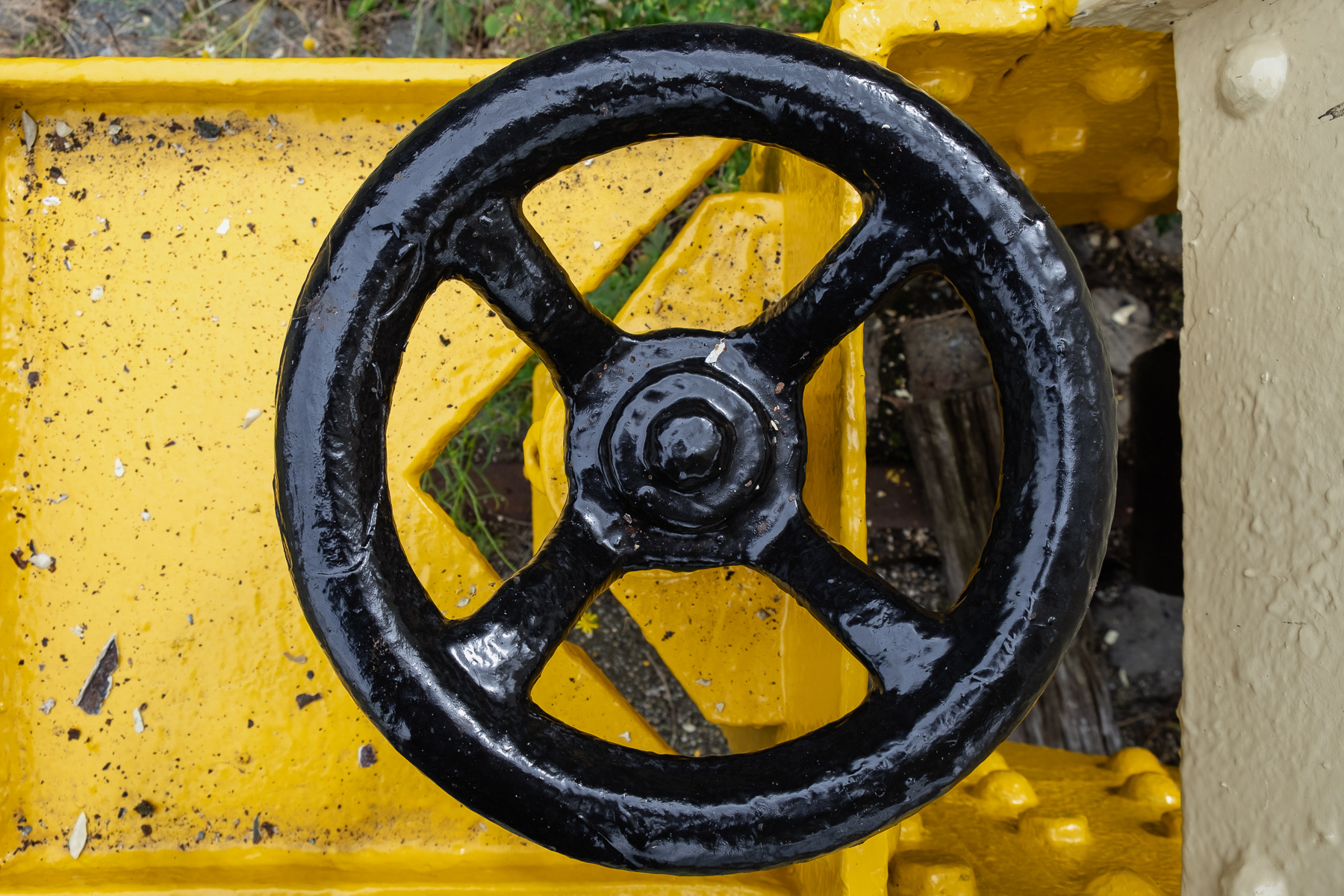
The MAS' historic harbour cranes lining up on the Schelde river quay, with a view towards the city centre of Antwerpen.
The MAS main msueum building. Neutelings Riedijk Architects let themselves be inspired by the old warehouses of the city, supersized and modernized the classic concept in this 2000 winning contemporary design.